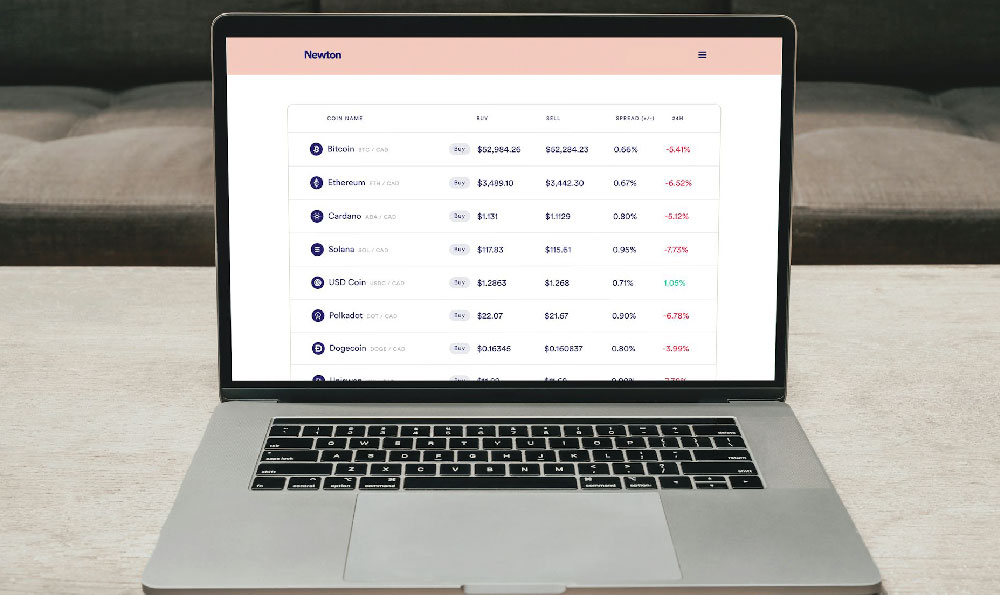Driving for Uber can seem like an appealing way to earn income. The allure of setting your own hours, being your own boss, and potentially earning a decent wage draws many individuals to the platform. However, the reality of driving for Uber is more complex than initial perceptions. To determine if driving for Uber pays well and is truly worth it, a thorough examination of income potential, expenses, flexibility, and alternative opportunities is essential.
The primary question revolves around how much an Uber driver can realistically earn. While Uber advertises potential earnings that often seem lucrative, these figures rarely represent the actual take-home pay after accounting for all expenses. Gross earnings are significantly different from net earnings. Several factors influence a driver's income, including location, time of day, day of the week, demand for rides, and surge pricing. Densely populated areas with high tourism or a vibrant nightlife often offer more opportunities for fares, particularly during peak hours like weekends and evenings. Surge pricing, when demand significantly outstrips supply, can temporarily boost earnings, but relying on surge pricing as a consistent source of income is unreliable. Conversely, driving in less populated areas or during off-peak hours will likely result in lower earnings.
Beyond gross earnings, a crucial aspect of determining profitability involves calculating and understanding the expenses associated with driving for Uber. These expenses can significantly eat into the gross income and dramatically impact the net earnings. Fuel costs are a major expense, and their impact varies depending on the type of vehicle used. Gas-guzzling SUVs will naturally incur higher fuel costs than fuel-efficient hybrids or electric vehicles. Vehicle maintenance is another significant expense. Regular maintenance such as oil changes, tire rotations, brake replacements, and other repairs are necessary to keep the vehicle in good working order. The more miles driven, the more frequent and costly these maintenance tasks become. Vehicle depreciation is often overlooked but represents a substantial cost. The value of a car depreciates over time, especially with the high mileage accrued from driving for Uber. Insurance is a critical expense, and Uber provides some limited coverage while a driver is actively engaged in a ride. However, drivers typically need to obtain supplemental rideshare insurance to cover periods when they are logged into the app but not actively transporting a passenger. This insurance can be significantly more expensive than standard personal auto insurance. Other potential expenses include car washes, phone data plans used for navigation and the Uber driver app, and any tolls incurred during rides.

Analyzing the flexibility offered by driving for Uber is another key consideration. One of the main appeals of driving for Uber is the ability to set your own hours and work when you choose. This flexibility can be invaluable for individuals with other commitments, such as students, parents, or those seeking a side hustle. However, the reality is that maximizing earnings often requires working during peak hours, which may not always align with personal preferences. Moreover, the unpredictable nature of ride requests means that drivers may experience periods of downtime between fares. While this downtime can be used for personal tasks, it also represents lost earning potential. Furthermore, relying solely on Uber for income can be precarious, as earnings can fluctuate significantly based on external factors like economic downturns or increased competition from other drivers.
Compared to traditional employment, driving for Uber lacks the benefits and protections offered to employees. Uber drivers are classified as independent contractors, which means they are not entitled to benefits such as health insurance, paid time off, retirement contributions, or workers' compensation. These benefits can represent a significant value and should be factored into the overall assessment of whether driving for Uber is worth it. Furthermore, independent contractors are responsible for paying self-employment taxes, which can be higher than the taxes withheld from employee wages.
Before committing to driving for Uber, it's prudent to explore alternative opportunities. Depending on an individual's skills and experience, there may be other avenues for earning income that offer greater financial stability and benefits. Other gig economy jobs, such as food delivery, freelance writing, or virtual assistance, may provide similar flexibility with potentially lower expenses or higher earning potential. Traditional part-time or full-time employment may offer greater stability, benefits, and opportunities for career advancement. Exploring these alternatives can help individuals make a more informed decision about whether driving for Uber is the right choice for their financial goals and personal circumstances.
In conclusion, determining whether driving for Uber pays well and is worth it requires a comprehensive assessment of income potential, expenses, flexibility, and alternative opportunities. While Uber can provide a source of income and a flexible work arrangement, the reality of earnings is often less lucrative than advertised. Drivers must carefully track their expenses, understand the tax implications, and weigh the benefits of flexibility against the lack of traditional employee benefits. Before embarking on a career as an Uber driver, individuals should thoroughly research their local market, consider alternative income sources, and carefully evaluate their financial goals and personal circumstances to make an informed decision that aligns with their long-term well-being. Only through a realistic and nuanced understanding of the realities of driving for Uber can individuals determine if it truly represents a worthwhile endeavor.












